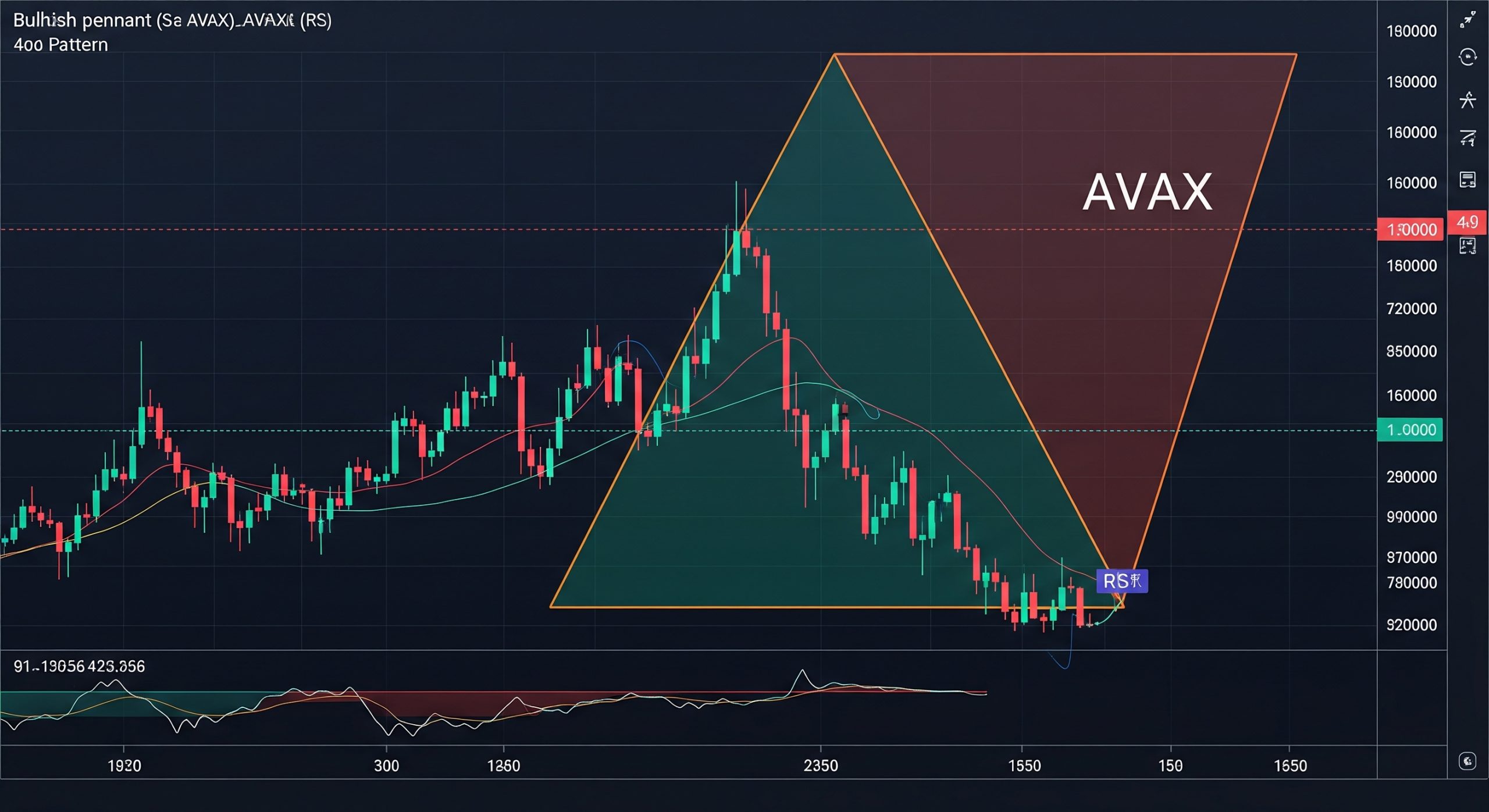The April 2024 Bitcoin halving event, a long-anticipated milestone in the crypto industry, has had a significant impact on Bitcoin mining revenue. Daily revenue from mining has seen a sharp decline, falling from $70 million to just $31 million, a drop of more than 50%. This steep reduction in earnings is directly linked to the halving, which reduced the block reward miners receive from 6.25 to 3.125 BTC.
Despite the drastic drop in mining revenue, mining stocks have shown resilience, with several companies in the industry performing well in the months following the halving. This positive stock performance is largely due to strategic decisions by many mining firms to hold onto their Bitcoin reserves, minimizing the pressure to sell in the face of reduced profitability. By holding Bitcoin, these companies are banking on potential future price increases, which could offset the current revenue decline.
The Impact of the Bitcoin Halving
Bitcoin halving events occur roughly every four years, cutting the reward miners receive for validating transactions on the blockchain in half. This process reduces the rate at which new Bitcoin is introduced into circulation, contributing to Bitcoin’s deflationary nature. However, for miners, it also presents a challenge: halving the block reward significantly reduces their earnings, which are dependent on both the number of blocks they mine and the value of Bitcoin.
In April 2024, this halving came at a time when mining was already competitive, with high energy costs and specialized hardware requirements putting pressure on profit margins. The immediate result was a sharp drop in revenue from $70 million to $31 million per day, making it more difficult for miners to cover operational costs. Smaller mining operations, in particular, are feeling the squeeze, as their already slim profit margins shrink further.
Why Are Mining Stocks Performing Well?
In contrast to the revenue downturn, many mining companies have seen their stocks perform surprisingly well. This is partly due to the decision by several companies to hold onto their Bitcoin reserves, reducing the risk of flooding the market with BTC at a time when prices might be less favorable.
This strategy also reflects a broader industry trend of HODLing—the practice of holding Bitcoin for the long term, anticipating that its price will rise as demand continues to grow and supply becomes increasingly scarce. By holding onto their reserves, mining companies are not only protecting their stock value but also potentially positioning themselves to benefit from future Bitcoin price rallies, which could help to offset current revenue losses.
Additionally, institutional investors remain optimistic about Bitcoin’s long-term prospects, which has helped sustain mining stock prices. The reduced Bitcoin issuance following the halving could lead to increased scarcity, potentially driving up prices in the coming years. This speculation, combined with solid fundamentals for many mining companies, has kept investor confidence high.
The Future Outlook for Bitcoin Mining
As the industry adjusts to the new reality post-halving, miners are exploring various strategies to maintain profitability. Some are investing in more efficient mining equipment, which can reduce energy consumption and lower operational costs. Others are exploring renewable energy sources to cut electricity expenses, which are a significant factor in mining profitability.
In the long term, Bitcoin miners will continue to rely on a combination of transaction fees and future price appreciation to maintain profitability. While the immediate effects of the halving have led to a sharp revenue decline, Bitcoin’s historical price patterns suggest that mining profitability could rebound as the market adjusts to reduced supply and growing demand.
The 2024 Bitcoin halving has delivered a significant blow to daily mining revenue, cutting it by more than half. However, mining stocks have shown resilience, buoyed by companies’ decisions to hold Bitcoin reserves and the industry’s long-term optimism about the asset’s future value. As miners adjust to the new economic landscape, their focus will be on increasing efficiency and reducing costs to weather the post-halving challenges while positioning themselves for potential gains when Bitcoin prices rise again.




